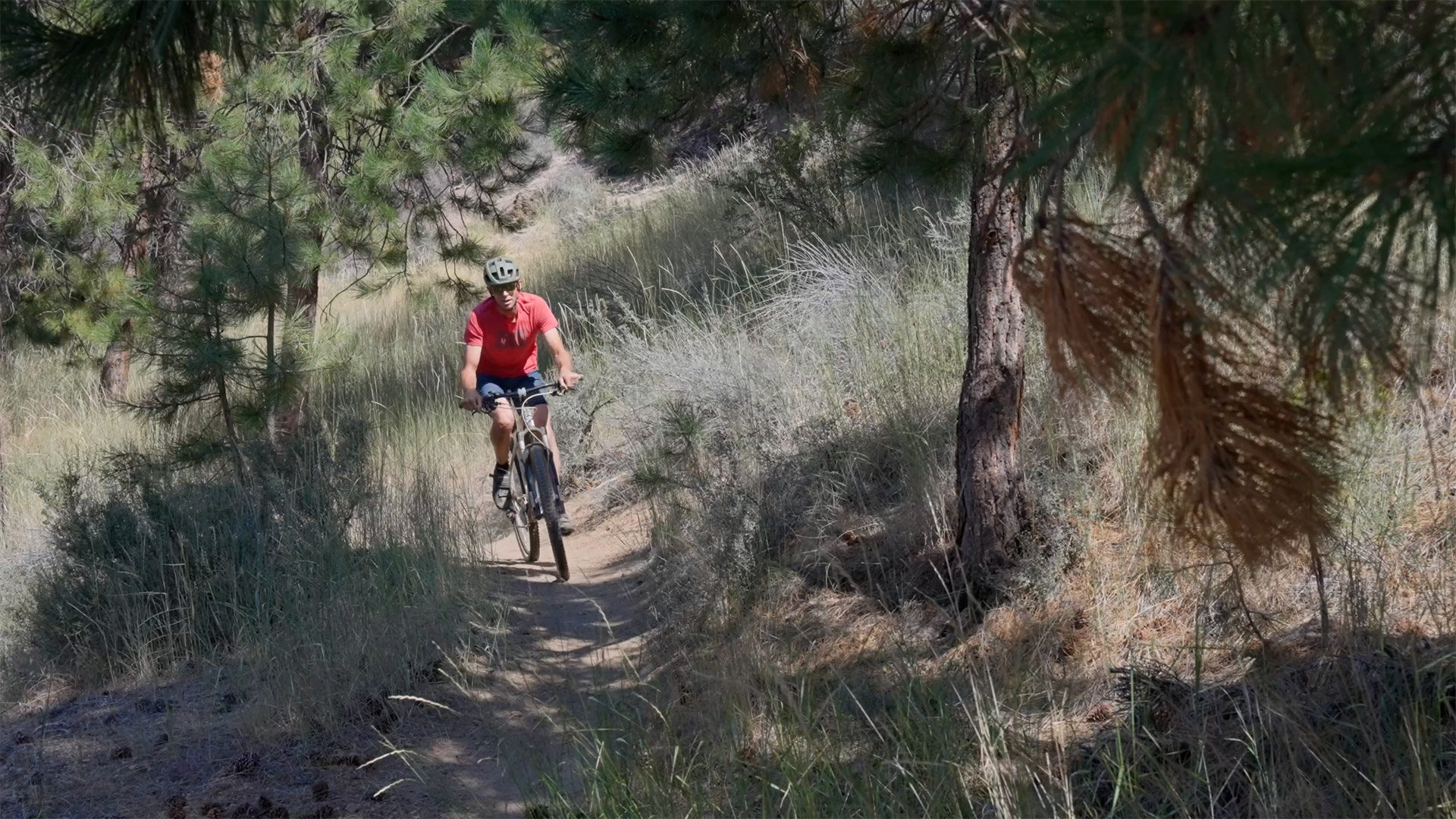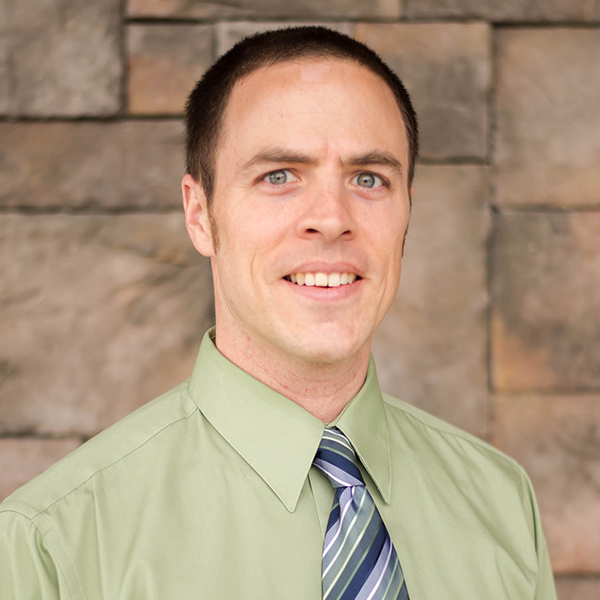Happy spring! The weather is finally warmer, the roads and trails are drying up, and the skis have been put away for the season – all meaning that our cycling adventures can start in earnest now.
Cycling is a fantastic way to stay active, enjoy the outdoors, and explore new places. However, even the most scenic ride will turn into a suffer-fest with back or leg pain. Physical therapists often see cyclists with these issues. It is usually easy to treat, but an even better solution would be preventing back and leg pain before it starts! Here are a few strategies and suggestions to keep you on the bike longer!
Strengthen your core
Above all else, your physical fitness will influence the success of your rides. Your core muscles are the powerhouse for cycling and do the work of stabilizing your spine, improving power transfer, and reducing stress on your back. Exercises like planks, side planks, and bridges are great for building core strength.
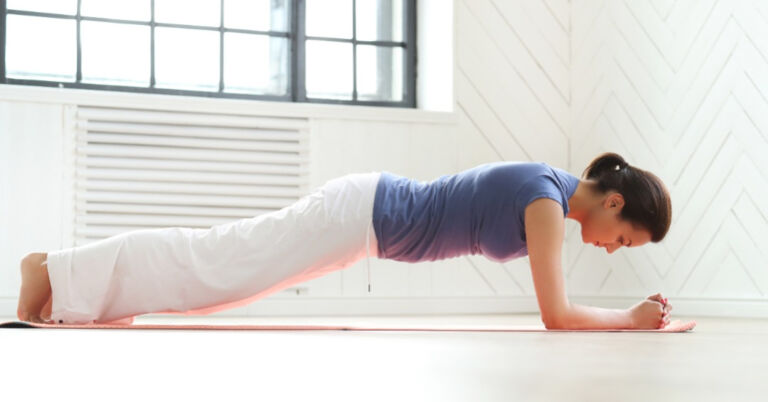
Stretch it out
Tight muscles can contribute to pain and limit your tolerance to riding. Hip flexors are an especially common irritated muscle since cyclists almost never get into hip extension during the ride. Hamstring, quad, calf and hip flexor stretches are all possible while riding, but take some skill and practice! A better way would be to include stretches for your hamstrings, quads, calves, glutes, and lower back in your pre- and post-ride routine.
Check your bike fit
A bike that doesn’t fit properly is a recipe for pain. The ideal setup minimizes stress on your joints and allows for efficient power transfer. Here’s what a good fit looks like:
- Saddle Height: The best general rule is that when your heel is on the pedal at its lowest point in the rotation, your leg should have a slight bend at the knee. Avoid a straight leg or excessive hip rocking to reach the pedal.
- Saddle Fore-Aft: This position can affect both knee and back comfort. A too-far-forward saddle strains your knees, while a too-far-back position stresses your lower back. Ideally, your knee should be directly over the midfoot when the crank arm is pointing ahead, parallel to the ground.
- Handlebar Reach and Drop: Your handlebars should allow for a comfortable, forward-leaning posture that doesn’t hunch your back. Excessive reach even puts strain on your shoulders and neck. A resting posture on the handlebars should include a slight bend in the elbow and a shoulder-to-torso angle of about 90 degrees.
- Pedal posture: For riders using clipless pedals, the foot should rest comfortably on the pedal while clipped in. You shouldn’t feel yourself working against the cleat to maintain a neutral foot position. Don’t forget that the cleats loosen and migrate over time! It’s worth it to check the cleat position and those bolts periodically.
Pain could be the first indicator that you’re overdoing it, or something is wrong with your bike fit. Don’t ignore it for too long! Take breaks, adjust your position, and listen to what feels comfortable. Here are some red flags to watch out for:
- Foot/ankle pain: Aching or burning in the sole of the foot, Achilles tendon or calf strain, pain on the outside of the ankle.
- Knee pain: Sharp pain behind the kneecap, burning on the inner or outer knee, or pain in the front of the knee when pushing down on the pedals.
- Back pain: Aching in the lower back, especially concentrated in one spot, or pain radiating down the leg during or after the ride.
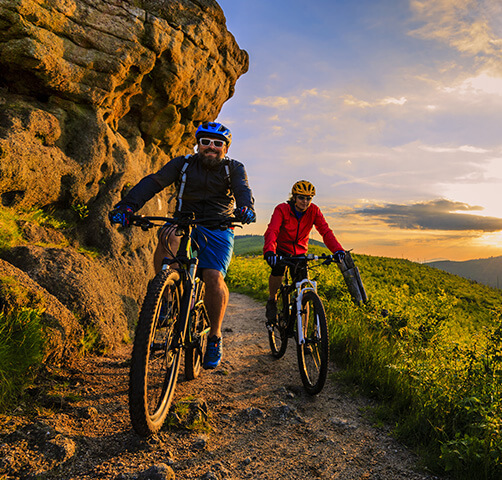
Seeking professional help
If you’re experiencing persistent pain, a physical therapist with experience in treating cyclists can help determine the source of the problem. An initial visit with your PT would include a physical exam to determine strength and flexibility of the back and legs, as well as questions about or even an observation of your posture on the bike. Your PT would also create a personalized exercise program to strengthen and stretch the key muscle groups for cycling.
Remember, with a little focus on bike fitness, bike fit, and some preventative strategies, you can keep your knees and back happy and keep those pedals turning!
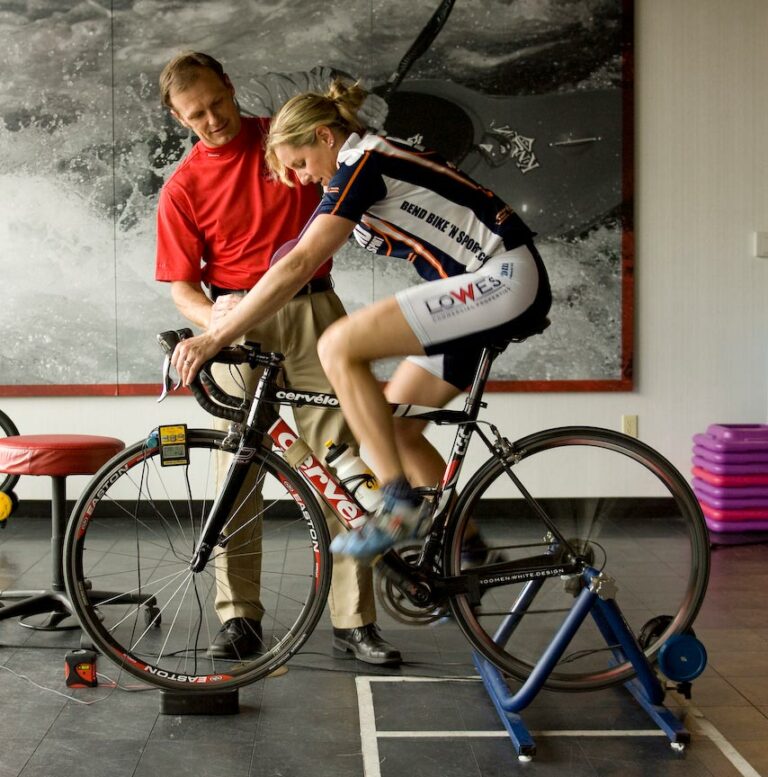
Are you ready for cycling season?
If you have any questions, have pain preventing you from enjoying your cycling, or you are interested in more personal and specific programs, your local Therapeutic Associates PT expert can help.
